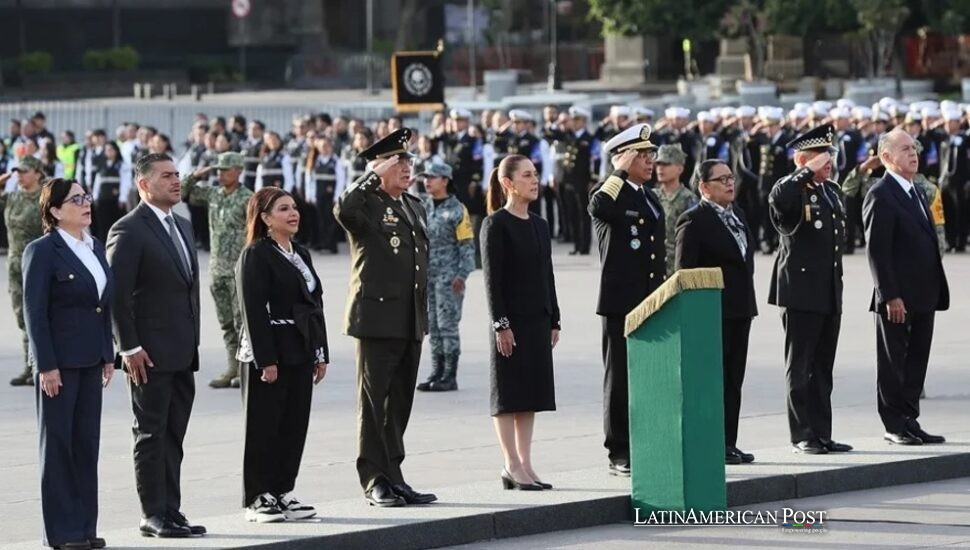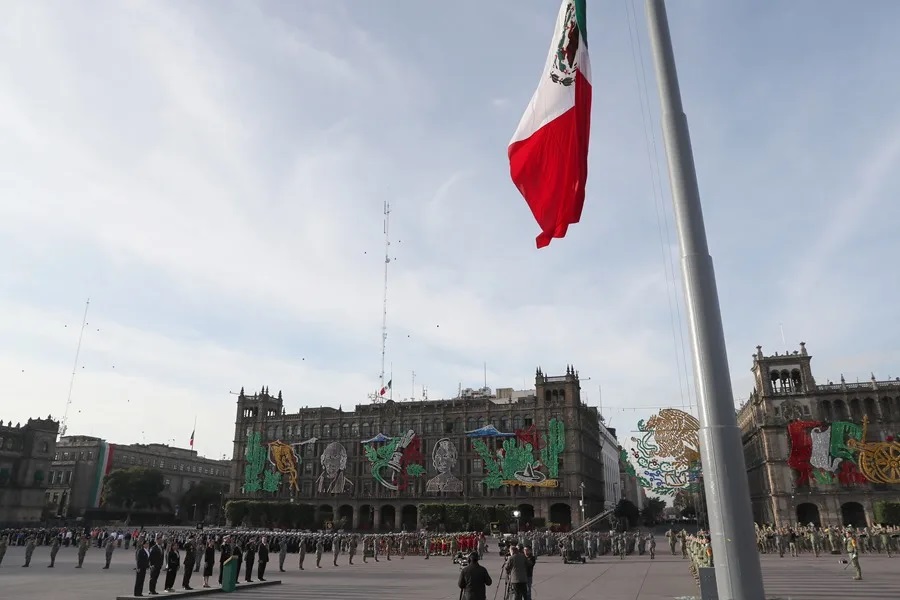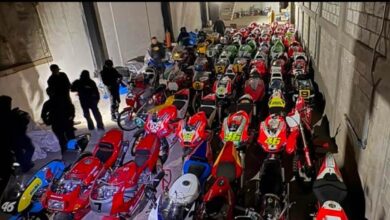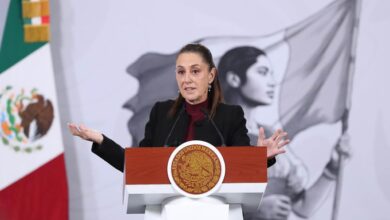Why September 19 Keeps Shaking Mexico City—and What Must Change

Every September 19, Mexico City rehearses survival and remembers grief, then wonders why history keeps rhyming. Two quakes, thirty-two years apart, rewrote a capital’s identity—yet loopholes, weak enforcement, and inequality shake its foundations more predictably than any fault beneath us.
The date that won’t stop shaking
Anniversaries are supposed to soften with time; Mexico City’s most famous one still bites. On September 19, 1985, at 7:19 A.M., an 8.1-magnitude earthquake ripped through the metropolis, killing thousands—perhaps 12,000 by official counts, likely more. It was a civic rupture that birthed a new culture of citizen first responders, overhauled building codes, and—starting in 2004—an annual citywide drill meant to seed muscle memory for the next big one. Then, on the very same date in 2017, barely two hours after that drill, a 7.1-magnitude quake buckled the ground again. The epicenter was so close that alarms failed to sound. Nearly 400 people died. In the years since, it has been tempting to marvel at symbolism and stoicism. The more complicated truth is that September 19 exposes a pattern of lessons learned—then unlearned.
What persists is a citizen reflex forged in 1985: ordinary people sprinting toward danger, forming bucket brigades, ripping at concrete with bare hands. Francisco Camacho, now 66, remembers “digging with sardine cans and our hands” as neighbors formed human chains at Tlatelolco Plaza. This rescue effort inspired the birth of Los Topos, the volunteer “Moles.” “Volunteers were making holes and crawling into them as if they were moles,” famed tenor Plácido Domingo observed at the scene, according to Camacho’s recollection to ABC News. Four decades later, Los Topos is a 1,200-strong unit that trains every Sunday and has deployed to 32 countries. That is a point of pride—and an indictment. Why should volunteers still be the most reliable part of Mexico’s disaster preparedness?
A city of symbols—and unresolved responsibilities
Mexico City is crowded with improvised memorials that do not let us look away. The ghost of the Hotel Regis—a hub of political and artistic life until 1985—lives on in a single image: its crown sign perched atop a mountain of rubble. Today, the site is a marketplace called Solidarity Plaza, honoring the anonymous thousands who pulled strangers from the wreckage when institutions froze. Enrique Linares, then an accounting student, told ABC News how he stared at a “red cloud” of dust and realized a hospital had vanished; only then did his hands begin to shake. That jolt of fear never entirely left the city. It shouldn’t. It’s the kind of visceral memory that holds officials to account better than any committee hearing.
The “miracle babies” rescued a week later from the collapsed hospital became a television trope and a national balm. Hope is essential; it should never substitute for accountability. In 2017, hope was digitized as viral clips of rescues and “Frida Sofía,” the phantom schoolgirl who turned out to be a media mirage. But screens don’t pour concrete or enforce codes. After both quakes, we rushed to retell the stories that made us feel brave. We have been slower to tell the stories that should make us change.
Labor’s buried warning, repeated
No symbol cuts as sharply as the fallen seamstress. In 1985, the cries first came from women trapped beneath a collapsed textile plant, recalled survivor-witness Gloria Juandiego to ABC News. Then the screams came from the street, as onlookers shouted that more were inside and soldiers stood still. “The bosses got the equipment out, the raw materials, their safe boxes,” Juandiego said. “They prioritized that.” When volunteers tore salvaged garments to make tourniquets, they were stopped. Hundreds of underpaid women—working 12-hour days in locked, airless rooms—died. A sign soon appeared: “Our submission was buried under the rubble.” Out of grief came a union movement that demanded dignity.
And yet, in 2017, a similar story unfolded. A poorly constructed factory building—crammed with heavy machinery and workers laboring under the same old neglect—collapsed again. This time, many of the dead were immigrants. We had updated our rhetoric and rescue gear, but not our enforcement. The contradiction defies the point of annual drills. Preparedness cannot be a one-day pageant; it must be a 365-day policy of inspections, transparent permits, criminal penalties for cutting corners, whistleblower protections for precarious workers, and a public register of structural compliance that ordinary tenants can read and challenge. If the ground is going to shake—randomly, without malice—then the social foundations must not.

EFE@Mario Guzmán
From drills to duties
The drill at 11:00 A.M. each September 19 is a disciplined choreography. Sirens blare; offices empty; schoolchildren crouch under desks and then pour into courtyards; texts ping family group chats: “¿Todos bien?” The ritual matters. It builds habit and community. But the 2017 alarm failure—a function of proximity—was a reminder that no technology will save us from the obligation to prepare buildings, not just bodies. Mexico City’s early warning system is a global model. It must be paired with relentless, transparent retrofits of the most vulnerable stock: schools, clinics, tenements, and factories. Where owners cannot finance upgrades, the city should step in with a mix of subsidies, low-interest credits, and a public works corps trained to lift seismic safety block by block. Where owners refuse, expropriation should be on the table. Human life is not a zoning variance.
None of this diminishes what citizens have done—and will do again. Camacho, now the director of Los Topos, told ABC News he still carries the memory of placing “many decomposing” bodies in the capital’s baseball stadium in 1985, the smell “impregnating my nose for months.” We cannot ask the same volunteers to carry the same weight forever while we applaud from our balconies. Solidarity must be institutionalized into budgets, laws, and inspections that have real teeth.
Also Read: El Mayo’s Plea Deal May Be Fueling U.S. Missile Strikes off Venezuela
Mexico City keeps September 19 as a civic liturgy because the earth insists, but also because the day forces our choices into the open. We can celebrate “miracle babies,” name plazas for solidarity, and livestream rescues again—or we can honor those memories with something more stubborn: enforcement without fear or favor, labor protections that treat every seamstress and immigrant as fully human, infrastructure investments sized to risk rather than to fiscal fashion, and a humility that keeps us drilling on ordinary Tuesdays, not only anniversaries. The ground will shake whether we believe in anniversaries or not. What we control is whether the same mistakes keep falling on the same people.




